Why online payments protection is so important?
Dedicated protection for online payments is designed to secure your finances, personal data, and protect you against cybercrime. Thanks to it, you take the protection of banking services and online transactions to a higher level. You have a greater guarantee that your money and data are safe. By using security solutions recommended by AVLab, you significantly minimize the risk of a cyberattack.
Most modern antivirus applications for macOS and Windows provide basic protection for online banking and payments against advanced threats. Such technologies include, for example: anti-phishing, anti-malware, anti-keylogger, anti-screenlogger, blocking connections of untrusted applications and scripts, detecting system changes in DNS servers, and other functionalities. However, some developers offer a user much more – the so-called specialized module that is intended to protect an operating system when making online payments or other important and confidential operations on files and data.
The main objective of our test was to test modules to protect against attacks on online banking, regardless of the known and original protocol for initiating a cyberattack. To perform the analysis, we used real malware in a simulated scenario. The goal of testers was to steal information from the device protected by antivirus software at the time of using a dedicated online banking and payments protection mode.
In this edition, we used Telegram to send the victim a threat in the form of a trusted application from a “familiar contact” – let us say we were uploading a beta version of a new game that our buddy programmed. A similar attack can occur using any messenger.
Delivering malware to the system via messenger is, at some point, bypassing the basic layer of protection. This gives the attacker a slightly greater advantage, but also better shows the contact between malware and security technology.
In this scenario, a file threat in the first phase bypasses its identification in a browser. Developers have mastered this technique well, therefore, this time we did not want to use a browser as an attack initiation vector.
Methodology
The methodology was developed in accordance with the Anti-Malware Testing Standard Organization. This gives the reader a guarantee that we have treated each developer in the same way, giving them time to analyze the provided logs, and refer to the results.

We downloaded malware to the system via the Telegram messenger – a not very popular protocol for spreading threats. The task for the tested solutions with the banking mode running in the background was to detect and stop an attack at any stage: before launching, after starting, or after establishing a connection to the server owned by a hacker.
Procedure diagram
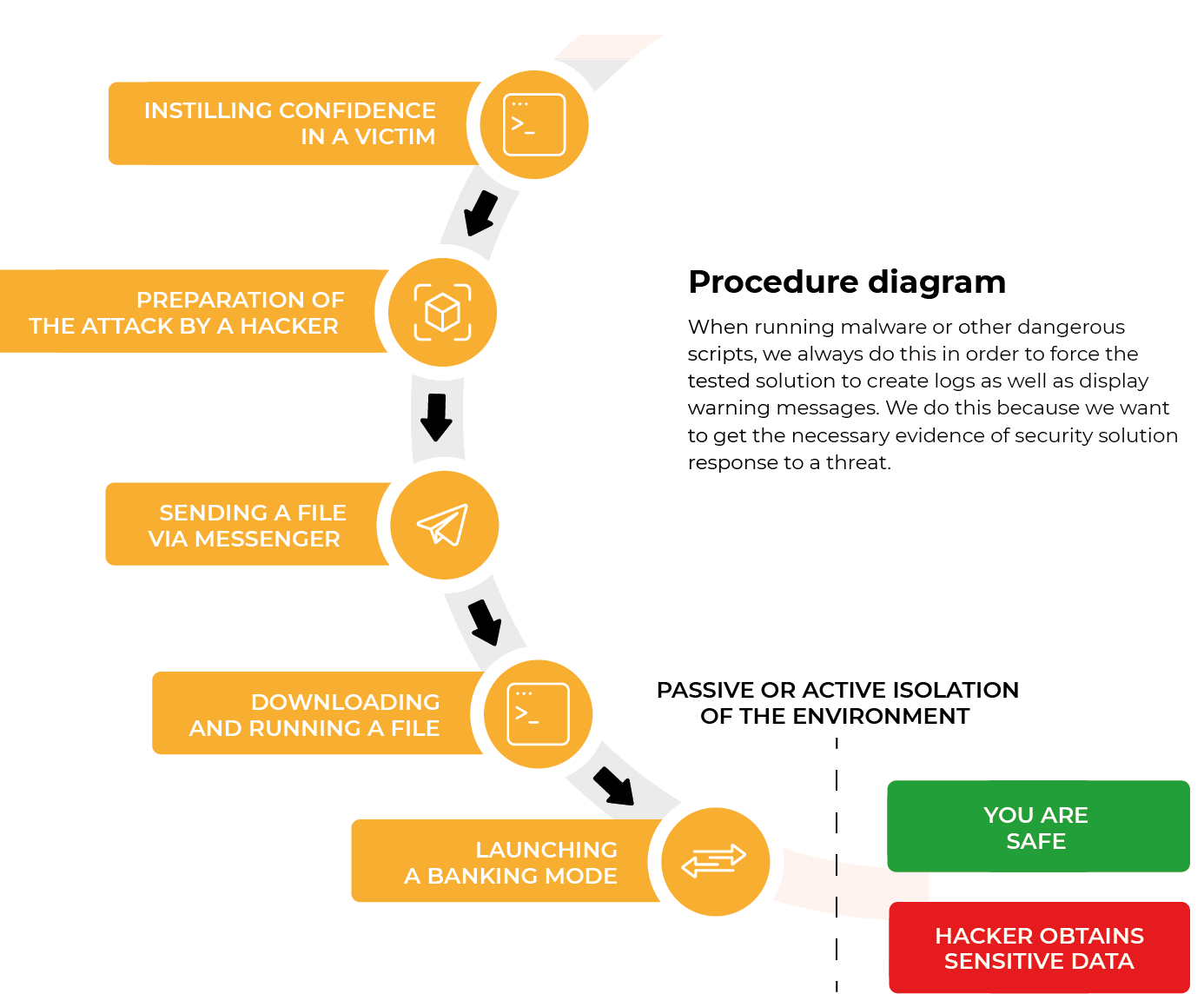
When running malware or other dangerous scripts, we always do this in order to force the tested solution to create logs as well as display warning messages. We do this because we want to get the necessary evidence of security solution response to a threat.
What did we use?
We used the Python programming language and the ChatGPT tool to prepare malicious EXE files which we then used in simulated cyberattacks. The prepared applications were delivered to the system via the Telegram messenger.
In this scenario, there was no need for the Python environment to be present on the victim device, as the malware had previously been compiled into a single EXE file using the PyInstaller tool. In addition, we signed some files with our own SSL certificate generated by Microsoft SignTool, so it did not come from any trusted publisher (no CA Root, Certification Authority).
We followed the scenario below
1.
2.
3.
4.
Software we tested and their settings
Security suites were installed on the default settings. If, for example, keylogger protection was disabled by default, we activated this feature. Therefore, when malware was not detected on the default settings, we immediately experimented with other settings (if available).
AVAST Free Antivirus
Avast Secure Browser & Bank Mode
BITEDEFENDER Total Security
Bitdefender Safepay
F-SECURE Total
Secure Browsing & Banking Protection
MICROSOFT Defender
Application Guard
MICROSOFT Defender
Windows Sandbox
MKS Internet Security
Safe Browser
QUICK HEAL Total Security
Safe Browser + Safe Banking
XCITIUM (Comodo) Internet Security Pro
Secure Shopping
Malware Injection Method – Why Messenger?
Delivering a malicious file to the victim’s system is an important aspect of testing. Usually, malware is downloaded to the system either via email or a browser. We wanted to avoid an unambiguous situation where a file enters the system via known vectors because developers have mastered techniques of blocking 0-day files to a good extent.
This time, we used the Telegram messenger, with its own file transfer and encryption algorithm. Uploaded files in messenger are saved directly on a drive – Telegram does not create some kind of links to a file, as is the case in Discord.
!
A link to a file from Discord has the following structure and comes from a trusted domain which does not mean that it is safe:
cdn.discordapp.com/attachments/[id]/[id]/file.exe
The difference between Telegram and Discord is subtle. Telegram uses a proprietary protocol for transferring and encrypting data. This bypasses the well-known and popular vector of delivering a file to the system via a browser. On the other hand, the link from the Discord messenger is opened in a default browser which is why antivirus protection mechanisms are able to identify the threat at an early stage.
Results for Individual Producers
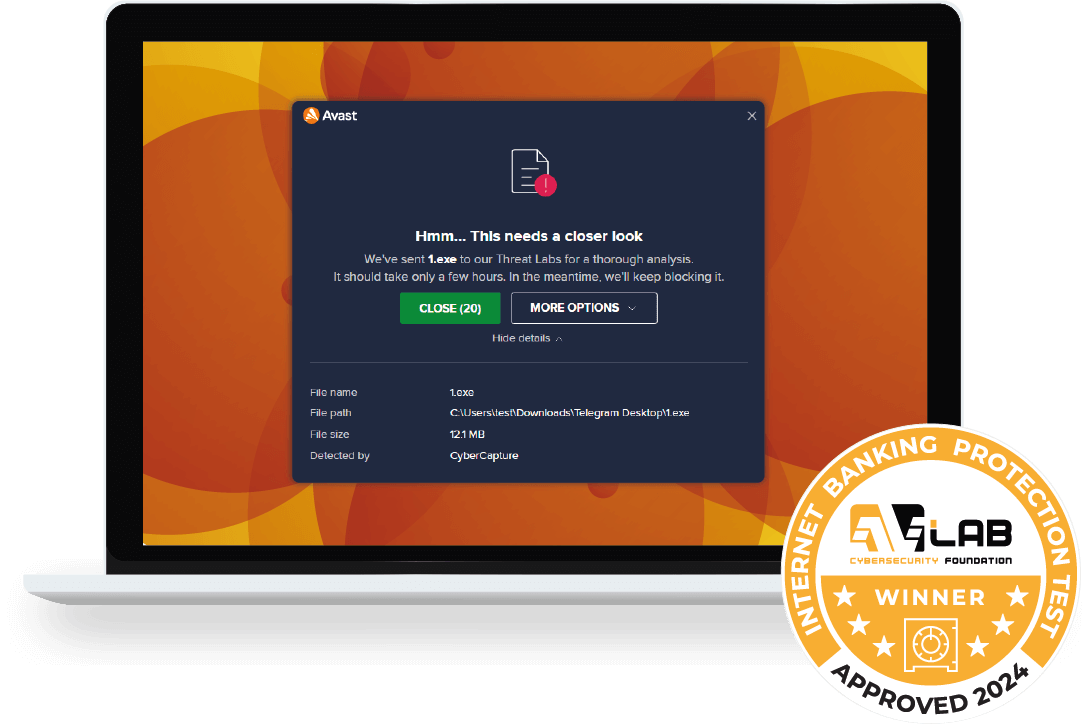
AVAST Free Antivirus
Avast Secure Browser & Bank Mode
- Hijacking system clipboard
- Swapping system clipboard
- Logging keystrokes
- Capturing screenshots
- Remote control of computer
- Searching drive and file theft
Special Banking Mode creates for a user a virtual desktop which shares with an operating system the basic drivers necessary to operate the connected devices: keyboard, mouse, monitor, drives, network, etc. In this mode, the environment separated from the Windows system prevents malware from breaking into the user’s session in banking mode. While apart from banking mode, CyberCapture technology is responsible for user security, blocking access to unknown malware of 0-day file and preventing it from being run until it is manually analyzed by a team of experts from Avast Threat Labs.
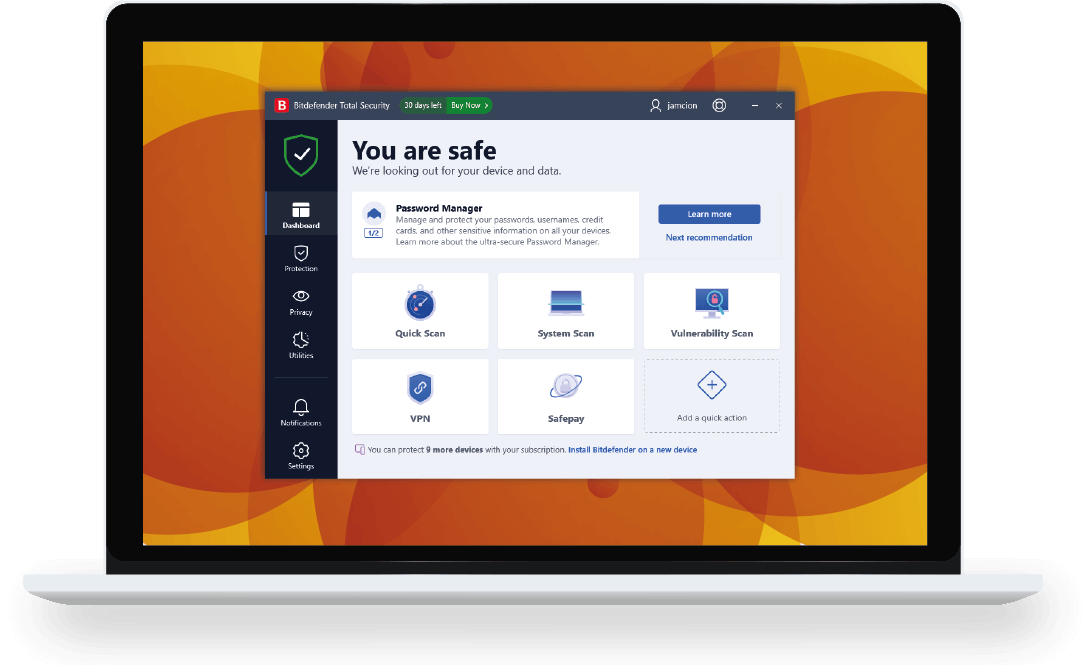
BITEDEFENDER Total Security
Bitdefender Safepay
- Hijacking system clipboard
- Swapping system clipboard
- Logging keystrokes
- Capturing screenshots
- Remote control of computer
- Searching drive and file theft
When launched, Bitdefender Safepay provides real-time protection against fraud, phishing, malware that is designed to prevent logging keystrokes and capturing screenshots. A user can switch between a virtual, secure environment called Bitdefender Safepay and a desktop. During these activities, it is possible to use the computer as usual, without unnecessarily taking up system resources. Theoretically, if the Safepay session is active, it does not allow unknown applications to use the Safepay virtual environment. Unfortunately, test cases have proven that we have succeeded.
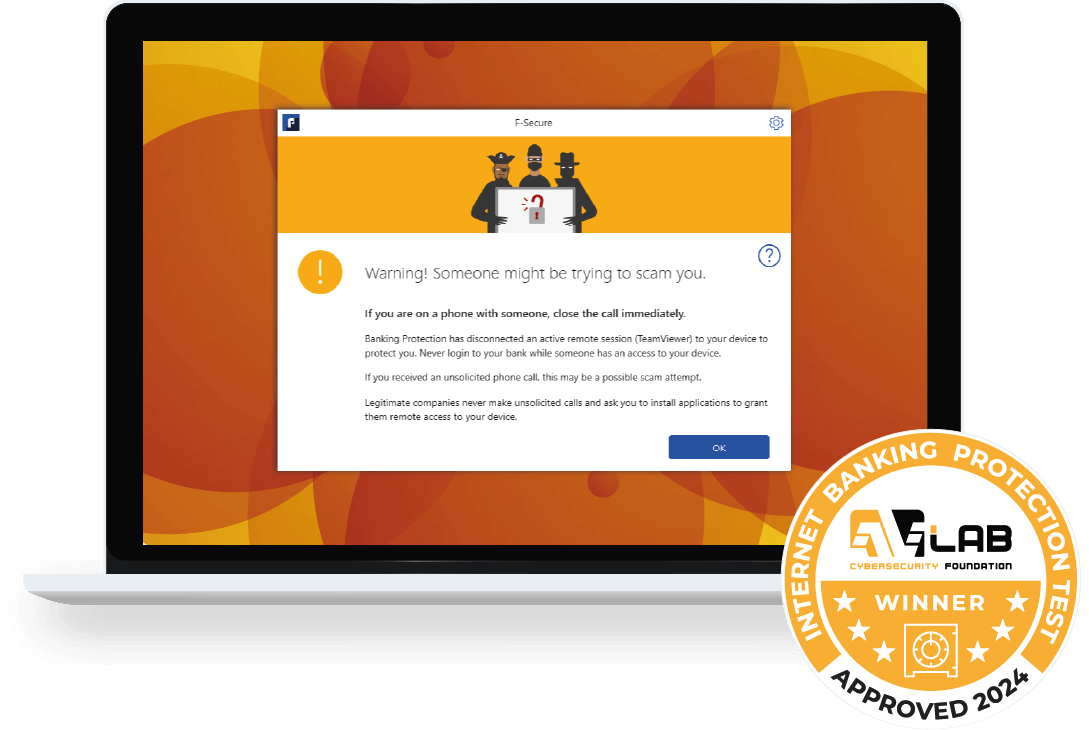
F-SECURE Total
Secure Browsing & Banking Protection
- Hijacking system clipboard
- Swapping system clipboard
- Logging keystrokes
- Capturing screenshots
- Remote control of computer
- Searching drive and file theft
During active banking mode, Internet connections are stopped for the duration of protection which prevents untrusted applications other than the browser from making connections. Unknown software (including those with a digital signature) cannot connect to the hacker server. For example, when a file is started for the first time, F-Secure verifies its security in the Security Cloud file reputation service. If the security of the 0-day file cannot be verified, DeepGuard technology begins to monitor its behavior and automatically blocks it. In addition, Remote Access Blocker prevents fraud on so-called telephone consultants who request the victim to provide an ID and password for a remote connection to take control of the computer and the banking session.
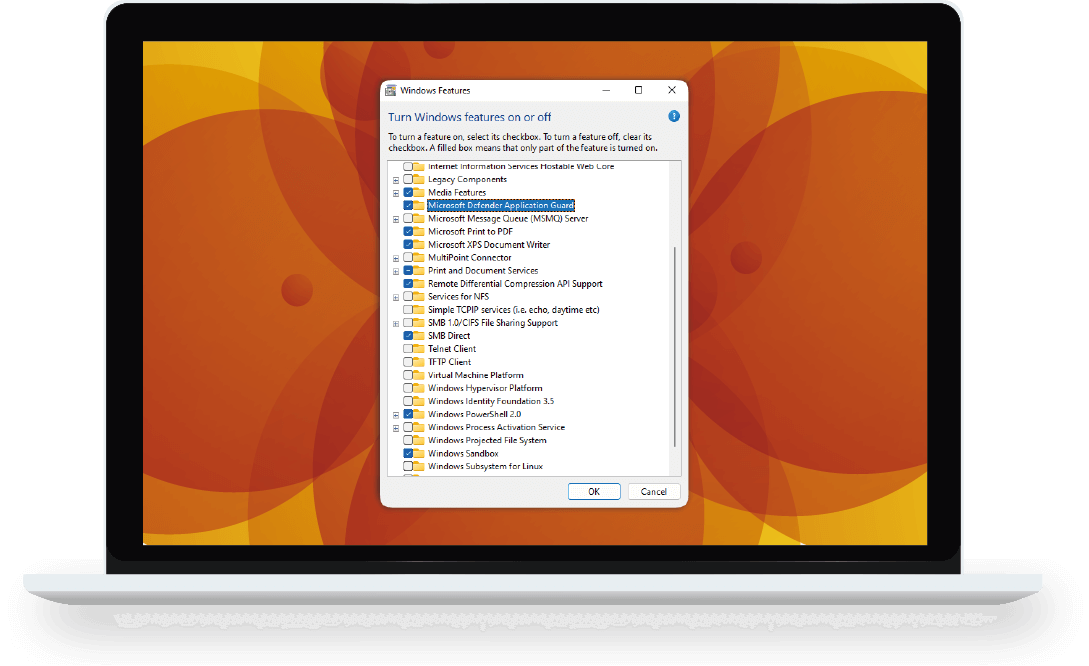
MICROSOFT Defender
Application Guard
- Hijacking system clipboard
- Swapping system clipboard
- Logging keystrokes
- Capturing screenshots
- Remote control of computer
- Searching drive and file theft
Microsoft first allows to isolate processes of the Edge browser using the Application Guard technology that is responsible for opening untrusted files in a container isolated from the operating system, but it does not work the other way around. Our tests have shown that untrusted software can access data entered into the isolated Edge area.
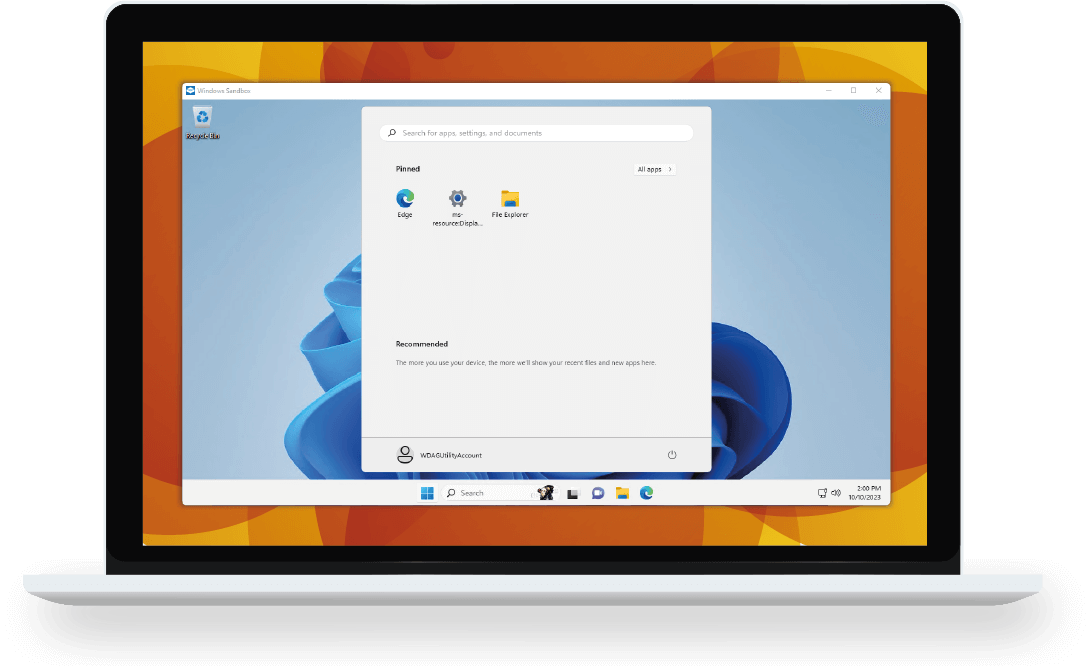
MICROSOFT Defender
Windows Sandbox
- Hijacking system clipboard
- Swapping system clipboard
- Logging keystrokes
- Capturing screenshots
- Remote control of computer
- Searching drive and file theft
Windows Sandbox is an isolated space in Windows that uses virtualization technology which allows applications to run securely. It operates independently of the hosting system which means that the state of the sandbox environment is reset after the end of each session. The tool is useful for testing unknown applications or browsing untrusted websites. Theoretically, Windows Sandbox is not designed to perform online payments on the Internet. Based on the test results, unknown software running on the hosted system can access the isolated space in certain scenarios.
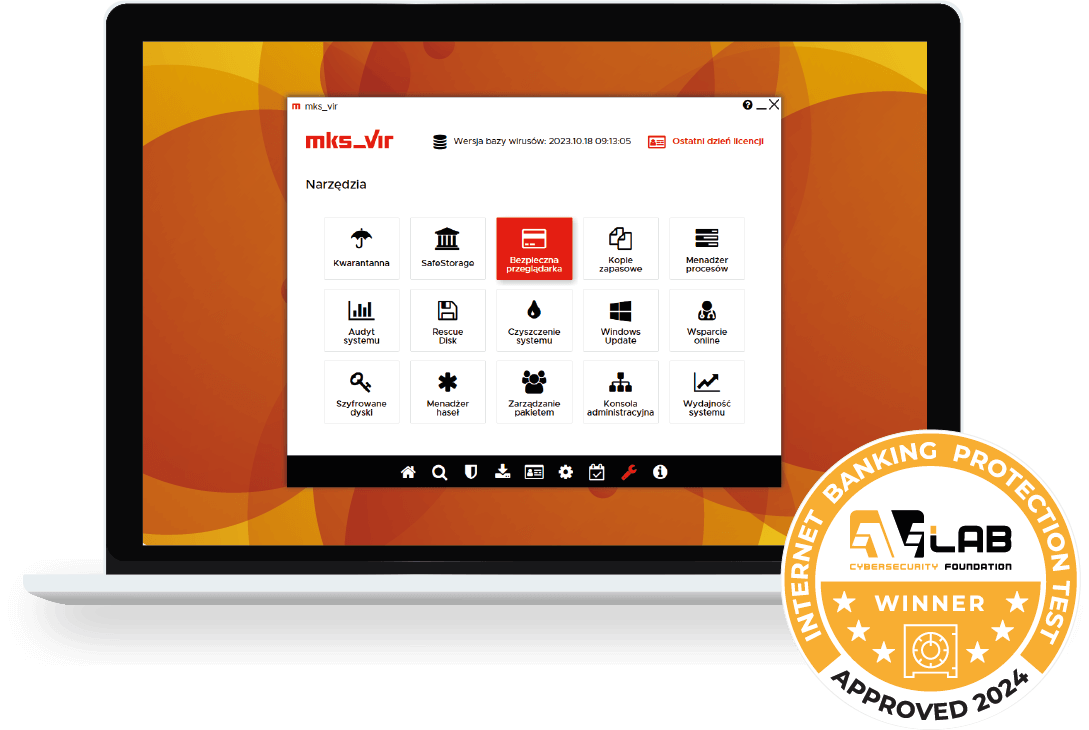
MKS_VIR Internet Security
Safe Browser
- Hijacking system clipboard
- Swapping system clipboard
- Logging keystrokes
- Capturing screenshots
- Remote control of computer
- Searching drive and file theft
Mks_vir Safe Browser provides an extremely high level of security when performing banking and payment operations, and processing sensitive data. The browser works closely with the rest of mks_vir suite modules, constantly monitoring the security level of the system and preventing from unauthorized access to key data. The developer has used process “whitelists”, thanks to which all suspicious active processes are displayed in a special mks_vir window even before launching a browser. A user can decide which of them to close in order to adapt the work environment to individual preferences.
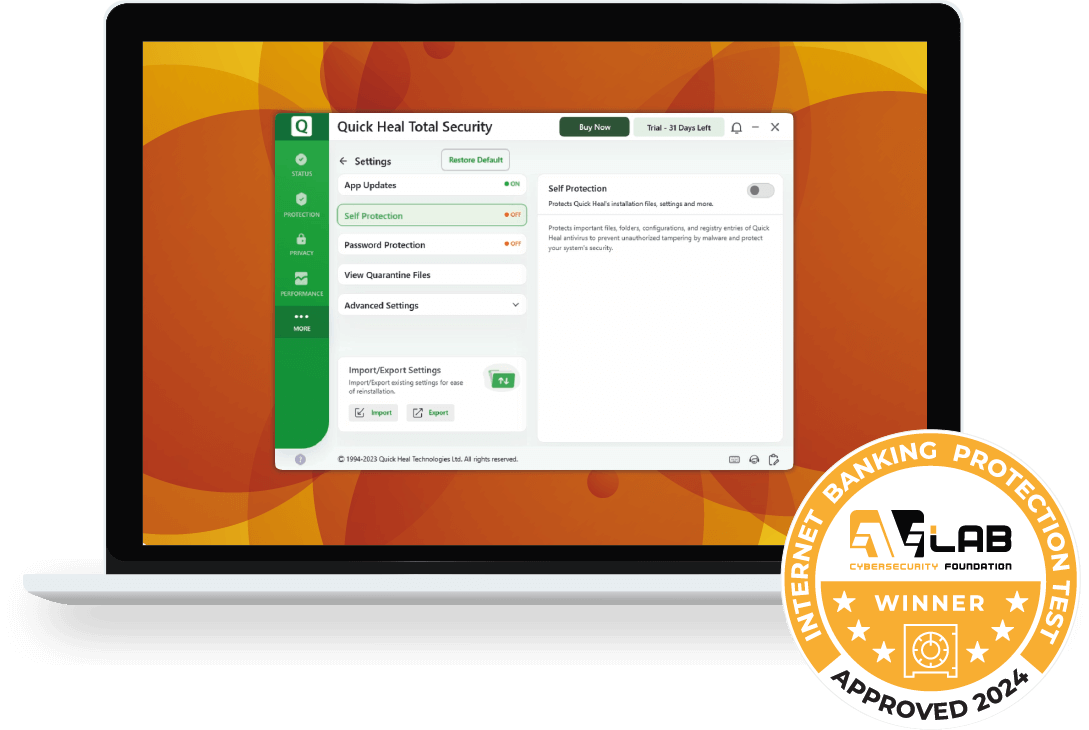
QUICK HEAL Total Security
Safe Browser + Safe Banking
- Hijacking system clipboard
- Swapping system clipboard
- Logging keystrokes
- Capturing screenshots
- Remote control of computer
- Searching drive and file theft
Quick Heal secures your banking session in several ways. It allows to run a browser in the sandbox which is designed to effectively protect a device from potential threats. In addition, the available Safe Banking module isolates the host system from the guest using a virtual environment, providing comprehensive and specialized protection. The whole mechanism protects the device with Windows from swapping DNS addresses. It works in real time, analyzing the security of visited websites and blocks suspicious Internet connections.
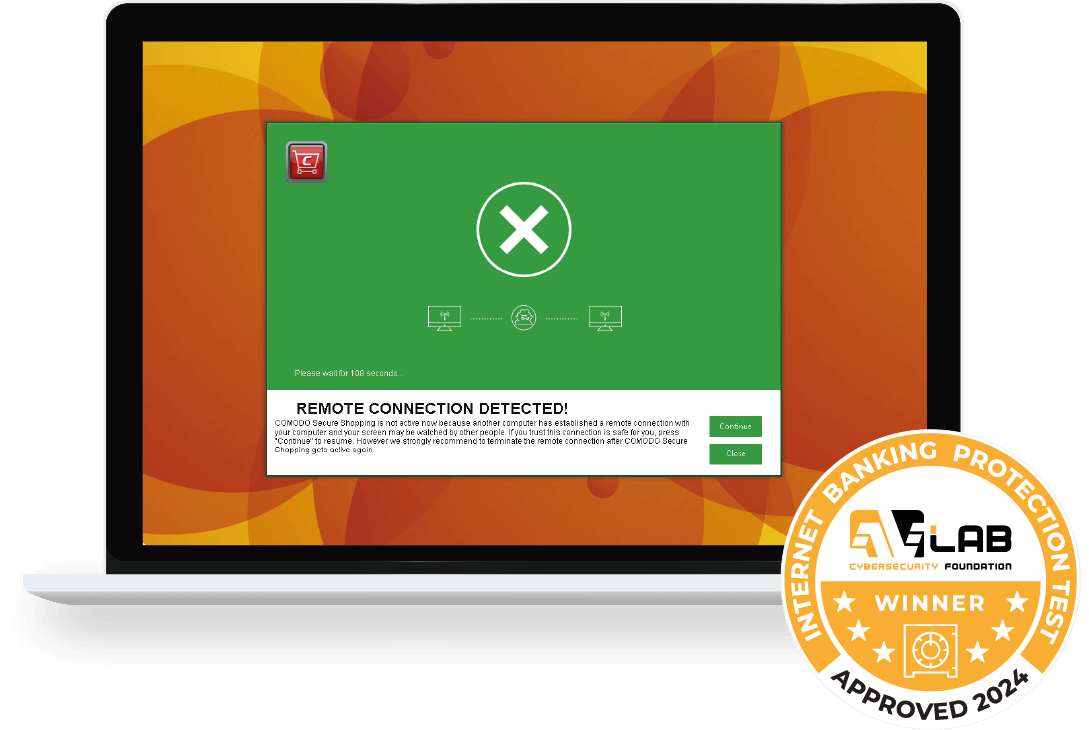
COMODO Internet Security Pro
Secure Shopping
- Hijacking system clipboard
- Swapping system clipboard
- Logging keystrokes
- Capturing screenshots
- Remote control of computer
- Searching drive and file theft
Secure Shopping technology protects your device against keyloggers, trojans, screenloggers, and also isolates processes, preventing them from injecting malicious code into a browser in a virtual environment. The so-called sandbox performs online session protection in several ways: it automatically provides protection against 0-day threats that the antivirus engine cannot detect using signatures and file scanning in the cloud. Secondly, it prompts if a remote connection to the computer is active. Thirdly, it detects fake SSL certificates to stop
man-in-the-middle attacks. Finally, fourthly, it prevents hackers and malware from taking screenshots of a user’s session. The Secure Shopping module can be used to run suspicious files without any major security concerns.
Aggregate results of comparison…
..., but first the attack scenarios:
1.
Hijacking system clipboard
The test verifies whether malware written in Python can capture the contents of the system clipboard and send that information to the Telegram account controlled by a hacker.
2.
Swapping system clipboard
The test verifies whether the malware can modify the contents of the system clipboard, e.g. copied bank account number to a different one while opening a bank website in a secure environment. The account number was retrieved from a remote location on pastebin.com.
3.
Logging keystrokes
The test verifies whether the malware can register keystrokes on a keyboard when using the so-called secure browser or banking mode, and send sensitive information to a messenger account controlled by an attacker.
4.
Capturing screenshots
The test verifies whether the malware written in Python can take screenshots while using online banking and send them to a hacker.
5.
Remote control of computer
The test verifies whether a hacker using a social engineering attack and legitimate software can control a user’s computer while online payments mode is active. We used legitimate Team Viewer software in the attack. *
6.
Searching drive and file theft
The test verifies whether the malware can scan the user’s drive for selected file extensions and send them to the attacker’s Telegram account.
*
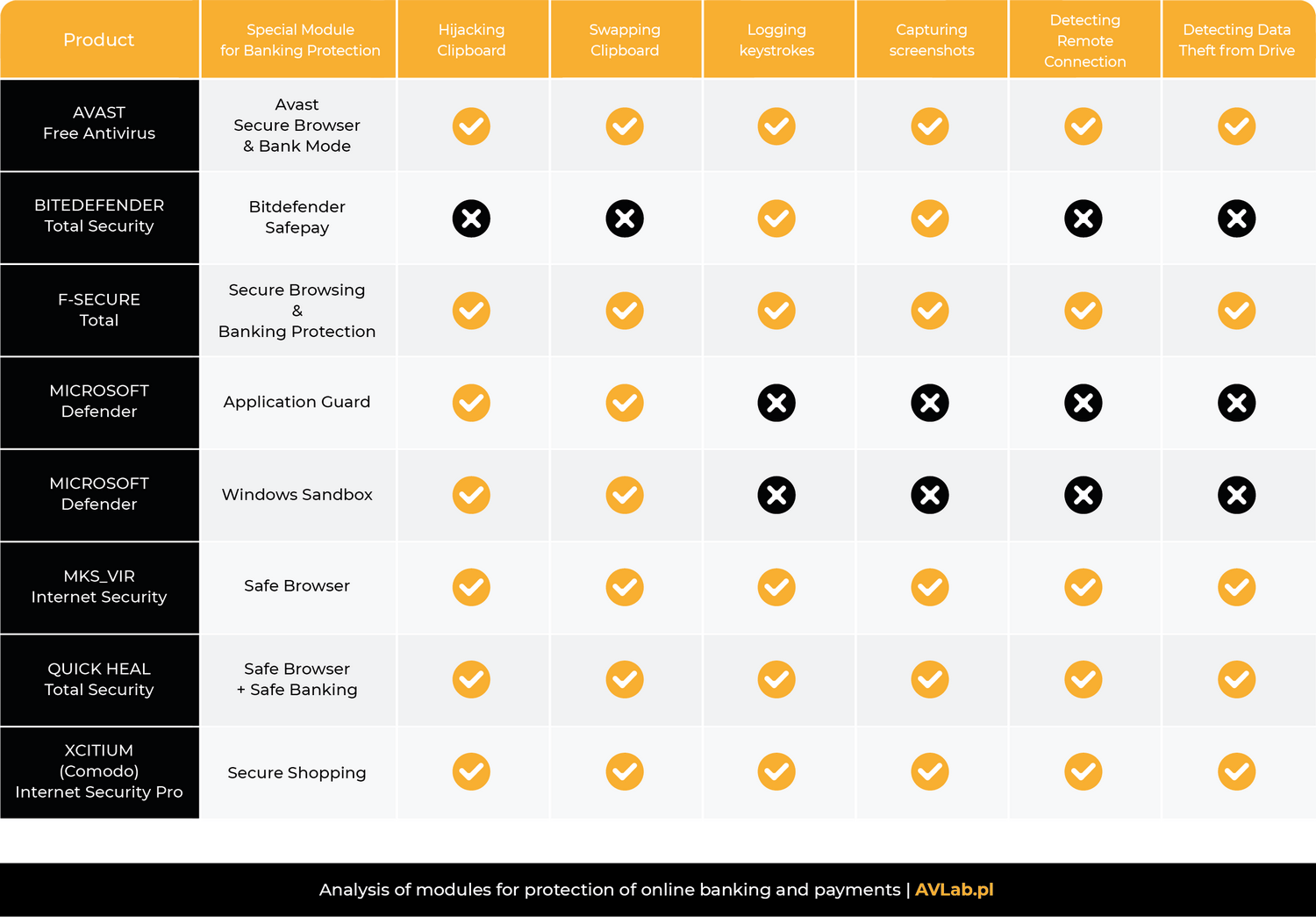
Conclusions from the test
Some solutions for banking protection are available as stand-alone tools, such as Avast Secure Browser. Keep in mind that this is not a full-fledged antivirus software, and will certainly not be effective against threats.
Analyzing the 5th scenario, one may have a different opinion. Namely, software for remote desktop, conferences, system management, is completely legal and treated as safe, so it can be allowed to operate. Nevertheless, we believe that the banking mode should be a particularly sensitive area to which nothing or almost nothing should have access.
This area, also in the context of remote management software, is best protected by F-Secure and mks_vir, as they have a model similar to the Zero-Trust architecture. Based on the results, this seems to be the most reasonable approach to securing a banking session, which is especially important for end users. Such protection provides the minimum permissions necessary to complete a funds transfer, and is based on a modern approach to proactive security in real time.
We did not disable antivirus protection in any of the scenarios. Certainly, with the exclusion of certain components, the user’s security would be significantly reduced. Independent modules of the so-called secure browsers or banking mode may not be sufficient against threats selected for the test, as well as during a real attack on the user’s money.
Test of a banking mode in modern antivirus solutions

